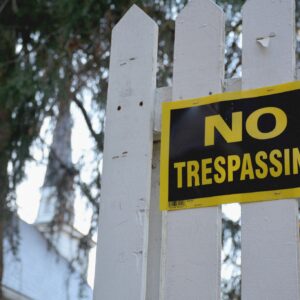
By Lindsay Monture
The Toronto International Film Festival is upon us and has programmed a feature film with fresh young First Nations talent in a story that will speak to native communities, LGBTQ communities and native youth.
Fire Song is a story about having to make life’s hard decisions through grief and heartbreak, while searching for freedom and acceptance at the same time. It will have a world premiere this Sunday, September 13th in Toronto.
Shane, played by Six Nations’ Andrew Martin, is an Anishinaabe youth who wants nothing more than to leave his life in a remote community to attend school in Toronto and build a new life with his secret boyfriend, David (Harley Legarde-Beacham).
After his sister Destiny takes her own life, Shane is left to pick up the pieces of his mother’s broken heart and make ends meet at home. Shane also struggles to hide that he is two-spirited from his friends and girlfriend Tara (Mary Galloway), while trying to convince David to move with him to the big city. One night, Tara discovers Shane’s secret and everything Shane has tried to maintain falls apart at once, leaving Shane vulnerable and willing to do whatever it takes to get away.
Fire Song is Cree/Métis filmmaker Adam Garnet Jones’ first feature film. “When I first started thinking about Fire Song, I wanted to make a deeply personal film that could touch on my own experience as an adolescent, but could also serve to get people talking about sexuality and youth suicide in Aboriginal communities,” says Jones. “I remember what it was like being a teenager with massive hopes and dreams for my own future, and at the same time I remember being terrified that I would kill myself before I could reach my potential. I was writing about myself and lots of other young people that I’ve known over the years who were full of promise but also broken in some way.”
Fire Song addresses a lot of social issues that many of our First Nations communities face day to day. The film is full of tragedy and darkness, balanced out by tender moments between characters and beautiful, still morning landscapes.
Shot on-location in Fort William First Nation and Wabigoon Lake First Nation, the lake plays a deliberate role in the film. “The relationship of the community to the water was always important to me. The characters are living in a community that needs to feel fairly isolated, and the idea that you can see the physical boundary of the community – the water’s edge.” Jones explains, “But then water works on a metaphorical level as well. When the characters gather near the lake it’s often to think about their future, like gazing into the unknown. There is a feeling of a boundary being crossed.”

“I want young people who are struggling to see themselves in Shane, and know that no matter what life throws at them, they can survive,” Jones shares, “It won’t always be easy, but Aboriginal people are nothing if not resilient. I hope young people can gather strength from that.”
On an international platform such as TIFF, Jones hopes audiences come away from the film “with respect for the resilience of Aboriginal people and Aboriginal communities, and an interest in exploring more Indigenous cinema. There is a whole cinematic universe of stories, culture, and history waiting for a wide audience to discover. In a world where people feel like they have seen it all, this is a chance to be exposed to what will be a new world for a lot of people.”
Tickets to see Fire Song at TIFF are now on sale at www.tiff.net. Fire Song has also been selected as the closing night feature for the 16th imagineNATIVE Film + Media Arts Festival in October. Visit www.imaginenative.org for ticket information.











